Northern stars
Exploring Orkney and Shetland’s many islands is an enriching winter excursion, writes Tristan Parker, especially when there’s a chance of glimpsing the spectacular Northern Lights
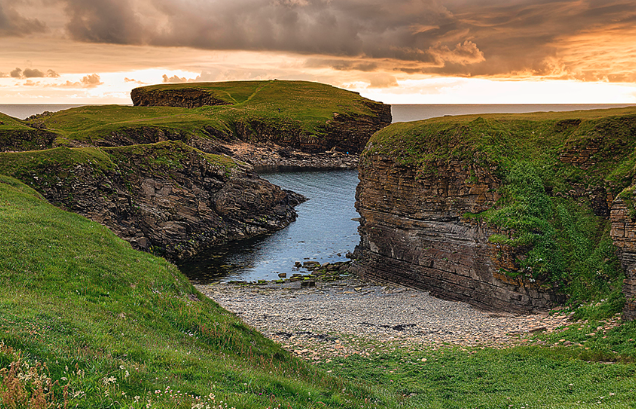
Sometimes you need to embrace winter rather than shy away from it, and there are few better places in the UK to do this than the islands of Orkney and Shetland, two archipelagos off the north coast of Scotland. Orkney (around ten miles from Scotland’s north coast) has around 70 islands, 20 of which are inhabited; Shetland (around 100 miles from Scotland’s coast) consists of around 100 islands, 16 of them inhabited, making for a fabulously varied getaway.
Although very much distinct and separate, the two locations are often visited together on the same trip, due to the ease of travelling between them and the choice of attractions and activities on each. Speaking of which, both Orkney and Shetland are probably the best UK locations from which to see the famous Northern Lights, the incredible natural light show that illuminates night skies. Parts of Scandinavia are known as viewing hotspots, but it’s also possible to witness this phenomenon from various Scottish islands due to their northerly position – and prime among these are Orkney and Shetland.
To be clear, there are no guarantees when it comes to Northern Lights chasing, but even if you don’t see them, Orkney and Shetland’s islands are packed with historical monuments, ancient archaeological sites, some incredible wildlife and untamed, beautiful landscapes – and hopping between the islands provides the most rewarding trip.
The islands are clearly a haven for outdoor enthusiasts, but there’s also a significant cultural offering to be enjoyed, not least from the various festivals scheduled throughout the year. Up Helly Aa, a series of community-wide fire festivals in Shetland between January and March, is the most elaborate, with torchlit processions and Viking costumes galore. Music fans should head to the Orkney Folk Festival and Shetland Folk Festival, both held in spring, and there are also events celebrating film, nature, storytelling and much more.
Selecting just a few highlights can’t really do justice to the range of what’s on offer around both Orkney and Shetland – as well as the sheer beauty of each – but on these pages we’ve done just that to inspire a trip to these unique regions.
Orkney and Shetland essentials
Northern lights
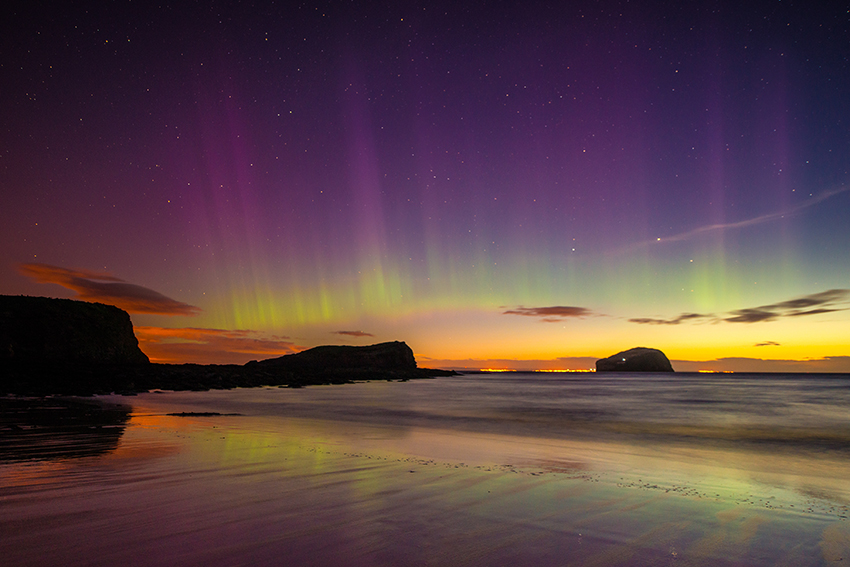
If you’re visiting Shetland and/or Orkney any time between mid-October and mid-March, trying to track down the famed aerial lightshow is a must. Conditions need to be just right, but it’s always worth a try. Sighting hubs around Orkney include the Birsay coastline, the area around the Broch of Gurness Iron Age village and Wideford Hill outside Kirkwall. As Shetland lies further north (it’s closer to the Arctic Circle than to London), it provides an even greater opportunity. The Shetland Island of Unst has recorded some good aurora borealis sightings over the years.
Heart of Neolithic Orkney
The four sites that make up the Heart of Neolithic Orkney, a UNESCO World Heritage Centre, are some of the most important in western Europe. On Mainland, they are: Maeshowe (a chambered tomb), Skara Brae (a Neolithic village) and two stone circles (the Stones of Stenness and the Ring of Brodgar).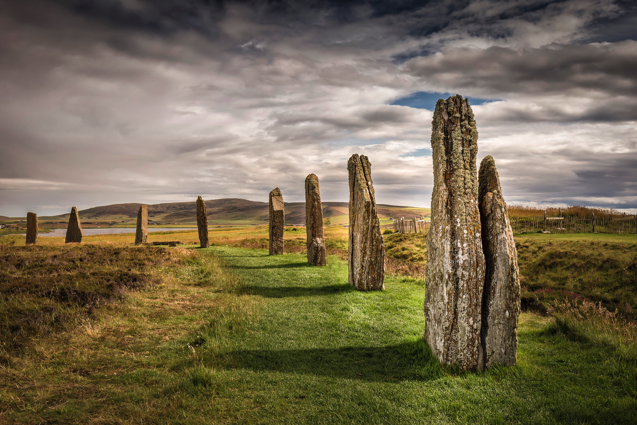
Wildlife
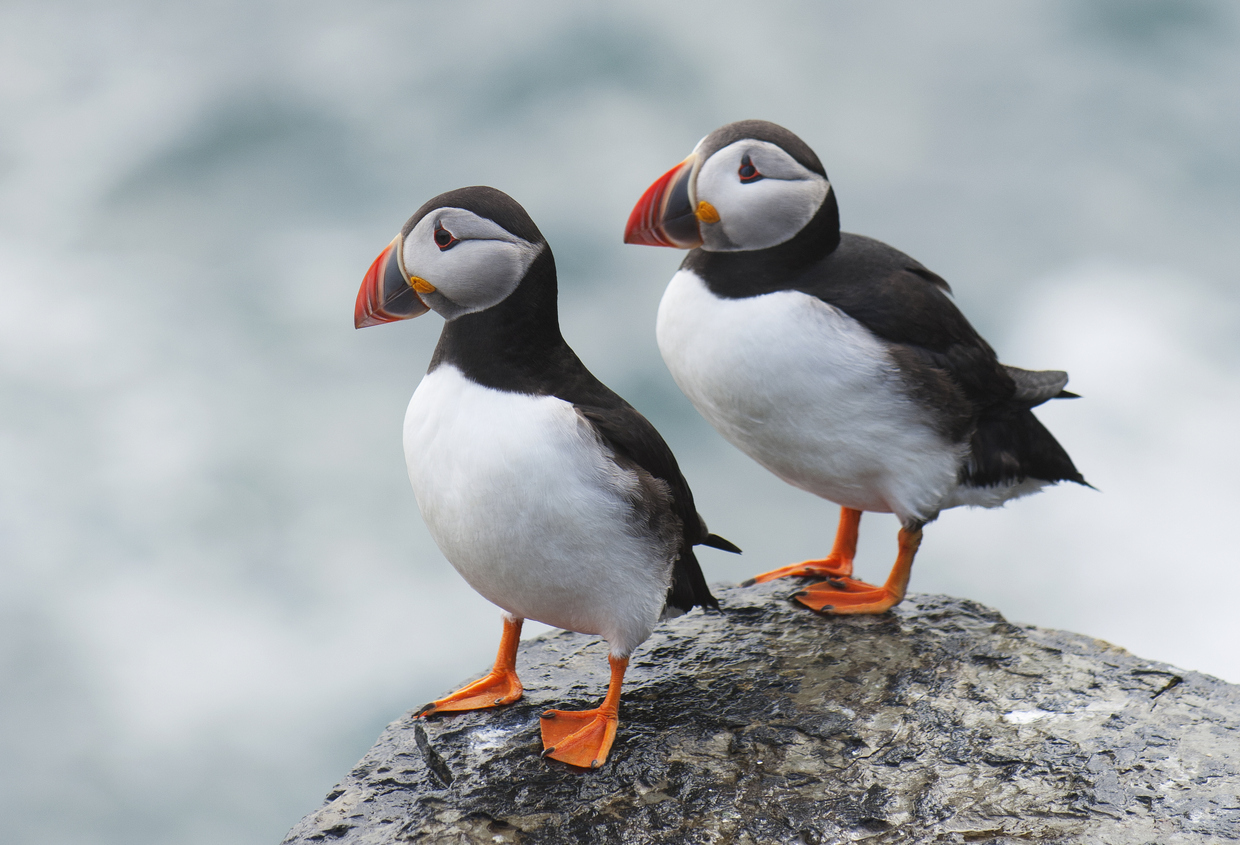
Both groups of islands are a treat for spotting wildlife, and it’s possible to see grey seals and harbour seals, porpoises, orcas and humpback whales, puffins, dolphins and even otters. You can encounter some species quite naturally, but others are best tracked down on a guided tour: visit shetland.org and orkney.com. Try a Shetland photo tour with an award-winning photographer and ecologist, or a wildlife- focused speedboat tour around several Orkney islands, including Gairsay and Shapinsay.
Kirkwall
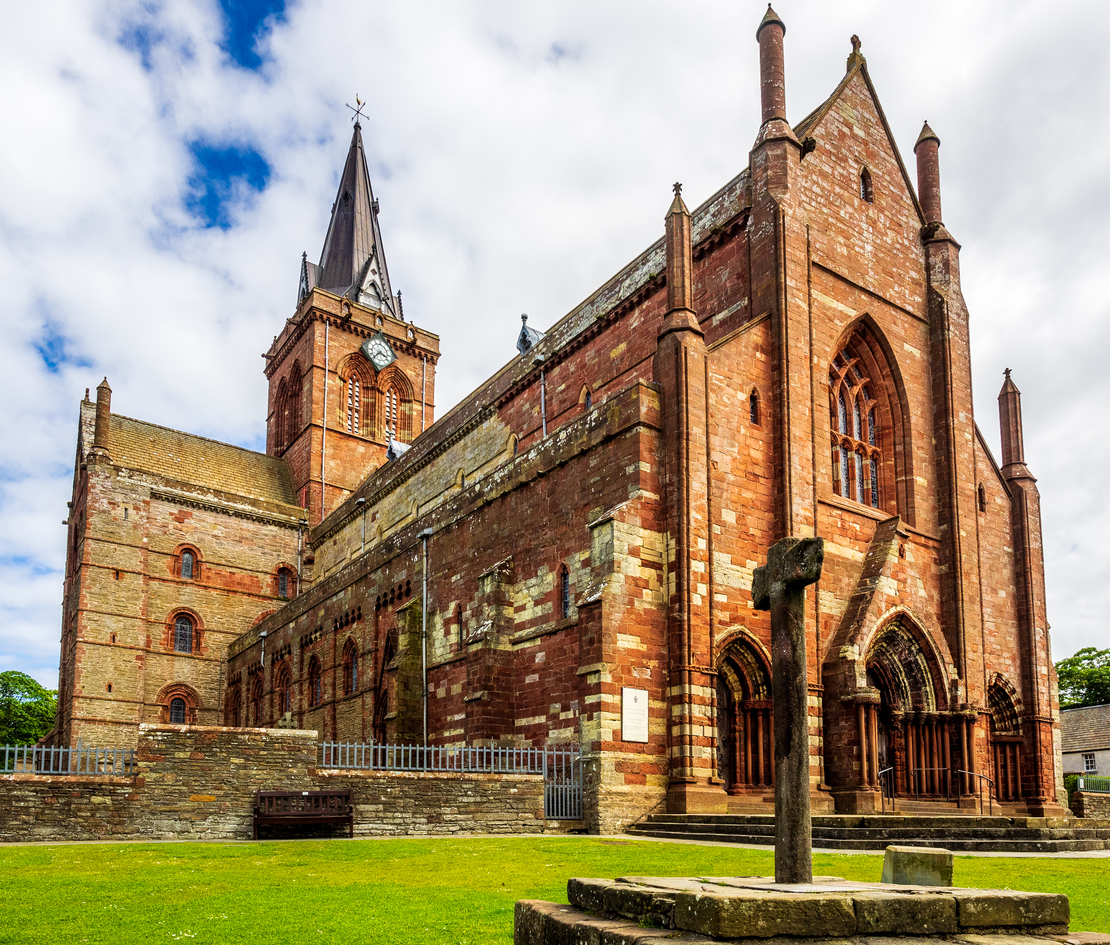 Orkney’s pretty, waterside capital has plenty going on. Top of the list should be St Magnus Cathedral, an eye-catching Romanesque building dating back to 1137. There’s also Orkney Museum, the Highland Park Distillery and the Kirkjuvagr Distillery, as well as bustling restaurants and cosy cafes. Archive Coffee at The Old Library is popular.
Orkney’s pretty, waterside capital has plenty going on. Top of the list should be St Magnus Cathedral, an eye-catching Romanesque building dating back to 1137. There’s also Orkney Museum, the Highland Park Distillery and the Kirkjuvagr Distillery, as well as bustling restaurants and cosy cafes. Archive Coffee at The Old Library is popular.
Lerwick
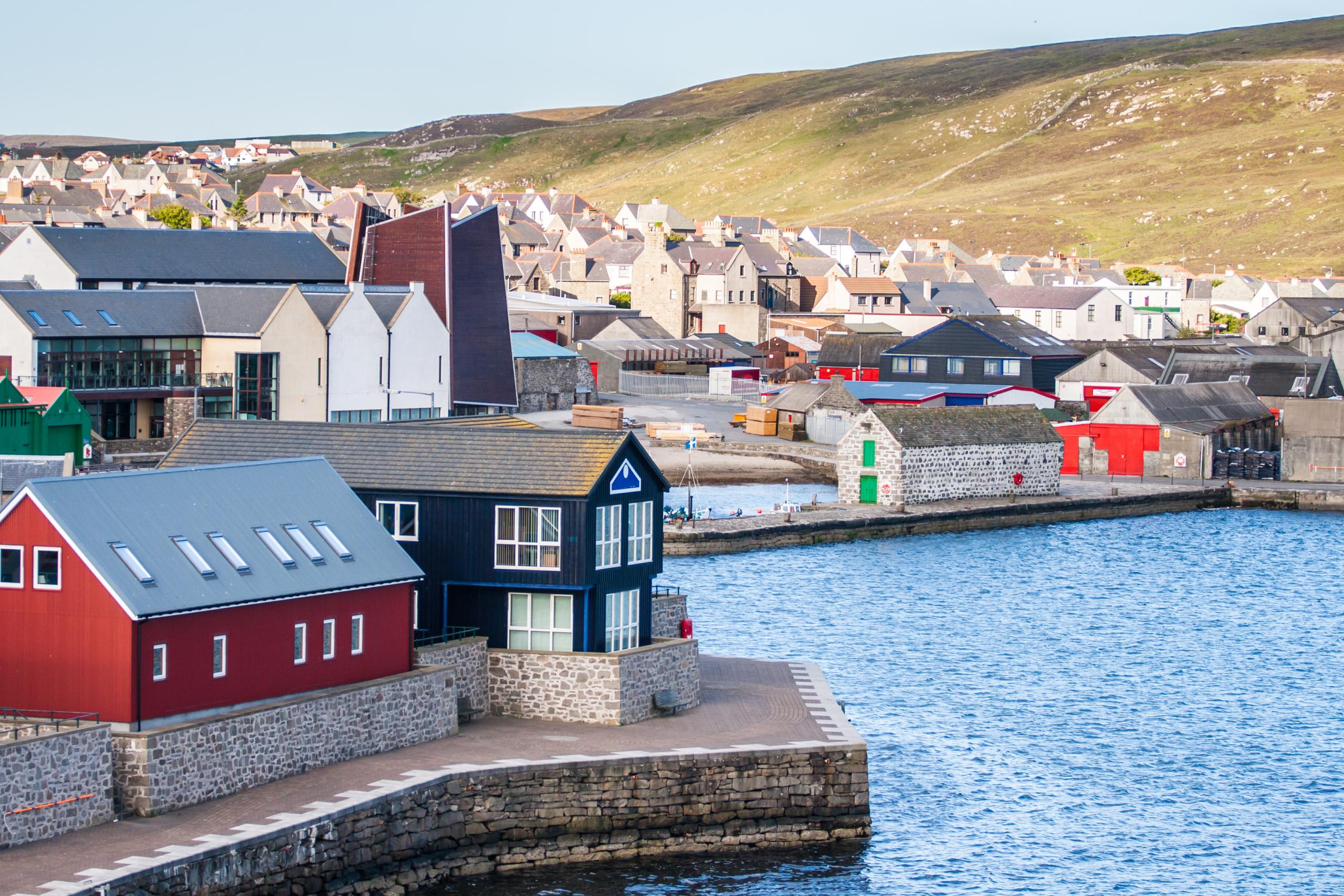
Shetland’s only town started as a market for Dutch fishing fleets in the 1600s, eventually becoming a smuggling haven. Discover its colourful history at the Shetland Museum, enjoy a film or a coffee at cinema and creative space Mareel, or pop into the UK’s most northerly brewery to sip a craft beer – the 60° North lager is the original and most popular offering.
Fact File
Climate: The islands get cold, so bring plenty of warm clothing and wrap up well, especially if you’re venturing out after dark on a Northern Lights hunt.
Getting there: Daily ferries run between Aberdeen and both Orkney (Kirkwall) and Shetland (Lerwick), with NorthLink and Pentland offering passenger and vehicle services. There are also regular services between Kirkwall and Lerwick. Loganair offers flights to Kirkwall and Sumburgh from some Scottish cities and London.
Getting around: Having a car is advisable for the freedom it offers, whether that’s bringing your own vehicle on a ferry or hiring one when you arrive (electric car charging points are also scattered around the islands). Plenty of sights can be reached by local bus services on both archipelagos. Even more important are the inter-island ferries that operate around both Orkney and Shetland.
Visit: orkney.com and shetland.org for more activity ideas and travel information.

Leave a Reply
Please login or register to leave a comment.